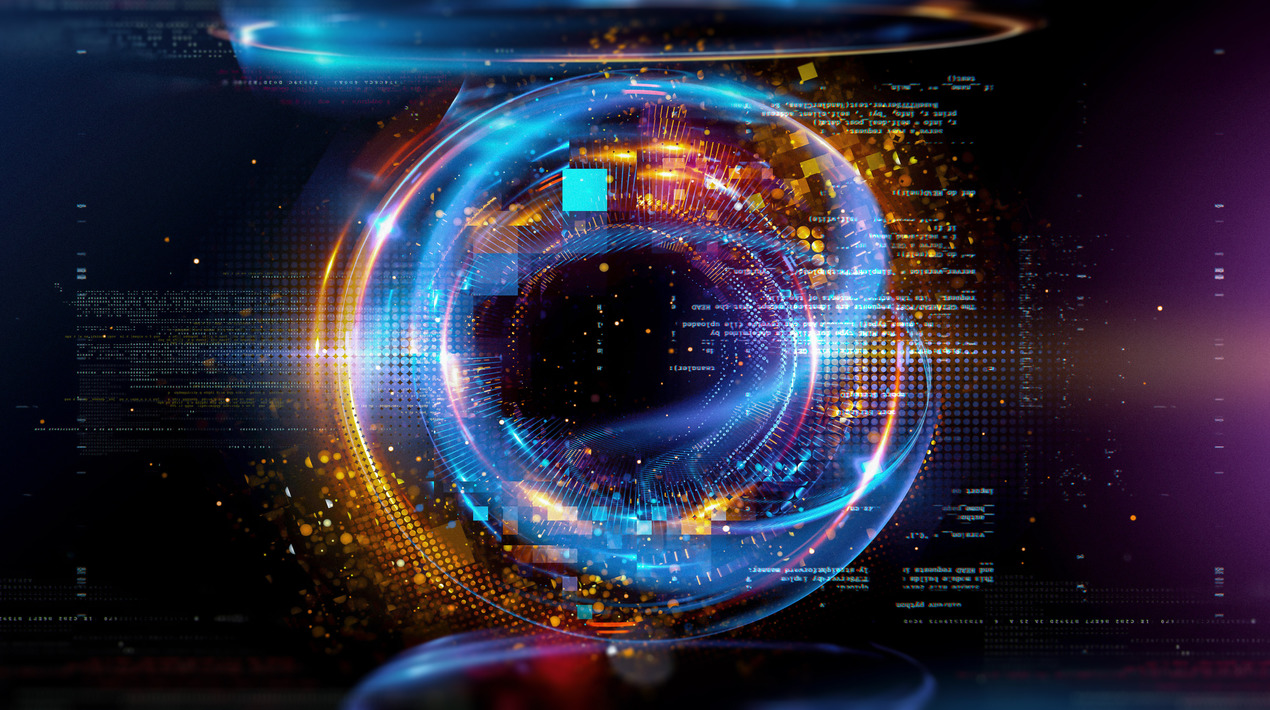
The past decade has seen significant breakthroughs in quantum research that have inaugurated a new wave of commercialisation in quantum sensing, quantum computing, and quantum communications globally. Singapore, an early investor in quantum technologies, rode the same wave. In the past three years, several prominent scientists from the Centre for Quantum Technologies (QCT), an internationally renowned research centre housed in the National University of Singapore (NUS), have leapt the research lab into the world of Deep Tech entrepreneurship, establishing start-ups and spin-off companies.
Now, a Singapore-based start-up building quantum sensors for navigation and resource exploration has raised an undisclosed sum in funding to further improve on its Quantum tech programme. With the new funding, the tech start-up plans to ramp up its hiring process, further enhance its product and deliver it to the market. The tech start-up aims to build an atomic sensing technology for navigation and exploration using quantum sensors, which can pinpoint mineral and hydrocarbon reserves, provide precise navigation, and create a universal positioning system that works in places like underground, underwater and space.
The developers realised that the common factor among industries like mineral and resource exploration, defence and security is the measurement of gravity, acceleration, and rotation. They measure these three parameters exponentially better than the current state of the art by utilising atoms as measurement tools. They aim to build a completely new global positioning system without the need for any satellites or external signals through gravity-aided navigation and positioning that works anywhere – underwater, underground, and even in space.
Tech experts say that the tech start-up has developed a significant step-change in sensing technology that will impact giant industries like energy, infrastructure, and disaster management in unparalleled ways. The rapid adoption of breakthrough products such as Quantum tech has the potential to transform this “made in Singapore” deep technology company into a pioneering global firm.
As reported by OpenGov Asia, Quantum technology exploits the laws of quantum mechanics, quantum physics and atomic physics. Quantum Technology changes the way we look at any of our existing technologies. It will rebuild the way applications are done, the way we communicate and the way we sense and offer new possibilities currently difficult to imagine.
The major difference between Quantum and classical computers is speed and memory. Specific examples are as follows:
- Quantum mechanics allows things to be at multiple places at a time. Particles can be waves and waves can be particles in quantum computers. They can exist in more than one position or state at a time.
- Using that to encode information (bits) gives an exponentially large number of possibilities, something like a multitude of quantum memory slots. Usual memory slots are made up of bits existing as 0 or 1. A classical computer with 3 bits will be able to store 000, 010, 111 etc, 1 out of the 8 number each time.
- One can imagine classical memories as tiny little magnets located in the hard drive that point upwards to a zero or downwards to a one. 3 bits each give 8 possibilities and 4 bits each give 16 possibilities.
- Memories in a quantum hard drive can point up and down at the same time and thus having an exponentially large number of possibilities.
Furthermore, Singapore has already been in the quantum technologies race for more than a decade. In quantum computing and simulations, there is a lot of development of quantum software and algorithms. There is also a growing interest from data analytics companies, medicine, and finance sectors.
Singapore has also created various quantum-enabled devices, such as quantum clocks and quantum sensors with advanced capabilities and is leading in the quantum communication area. Tech experts say that it is still difficult to predict the future of the adoption rate of this technology as it is a very disruptive technology.
















